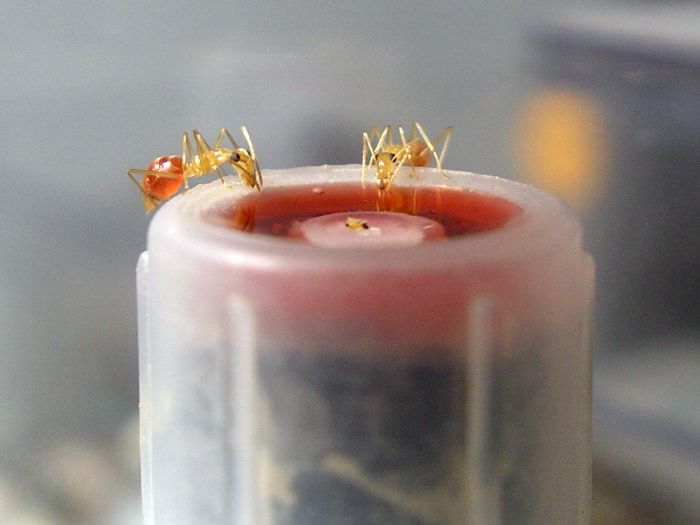
- Formiculture.com
- Forums
- Gallery
- Members
- Member Map
- Chat


Oh great, you explained it here.
Haha yes, because it's on this thread for more than just the ants.
So I finally decided to get back to working on my "dirt shacks" again. ![]() As a matter of fact, I'm starting the actual formicarium I had planned to make in the first place. All the other designs in this thread were really just temporary solutions and experiments. As you see below, I'll be starting out with two of them, so I am planning on testing those two out with two species of ants I have plenty of this year--Myrmecocystus mexicanus, and Acromyrmex versicolor. It will be especially interesting to see how the Acromyrmex colony digs its nest and behaves in a little more natural of an environment. I don't think I have ever seen any fungus-growers kept in an ant farm type setup before.
As a matter of fact, I'm starting the actual formicarium I had planned to make in the first place. All the other designs in this thread were really just temporary solutions and experiments. As you see below, I'll be starting out with two of them, so I am planning on testing those two out with two species of ants I have plenty of this year--Myrmecocystus mexicanus, and Acromyrmex versicolor. It will be especially interesting to see how the Acromyrmex colony digs its nest and behaves in a little more natural of an environment. I don't think I have ever seen any fungus-growers kept in an ant farm type setup before.
I found a place about 30 minutes away that makes cylinder glass vases. As much as I hate round things, round vases are really going to be best for this display-type design. The vases are hand-made, so there are imperfections, and slight inconsistencies, but they're not too bad for the price. After seeing them in person, I think they are perfect for not just this design, but to be used as aquariums and terrariums as well. They come in all different sizes, including some that are over four feet tall. The large sizes, make them very expensive to ship, but luckily I won't need to worry about that. To start out, I bought two 8" x 28" vases. All the larger-sized vases are about 1/4" thick, so I shouldn't have to worry about them breaking too easily.
Edit: These are actually VERY thin, and only thick at the very top and bottom.
Here's a picture of the one I just got. Keep in mind, this thing is over two feet tall.

The taller these are, the better of a moisture gradient they are going to allow for. It's also going to allow the ants to dig much deeper, more like they do in the wild.
What I need now is some 6" PVC pipe, and some caps. This is not going to be cheap. Home Depot has what looks like a pretty good price for the pipe, but unfortunately I'll have to buy 10 feet of it, so hopefully this will work out well and I'll be making more of them.
Edited by dspdrew, February 23 2016 - 1:57 PM.
I knew my "dirt shack" would get you riled up. ![]()
How might you suggest I go about "making" tall, seamless glass containers? As much as I hate round things, I'm going with round, because these 360 degree ant farms need an internal container, so not only would I have to some how make one container, I would need another one of an exact size to fit inside it. A round exterior container allows me to use a relatively cheap pipe for the internal container. Also, being that these are not designed for compact colony storage, I'm not too worried about them being round. Round would be better for this concept for more than one reason anyway.
Inner penny pincher. ![]() I don't have money bags laying around... or 10,000 dollar pieces of machinery.
I don't have money bags laying around... or 10,000 dollar pieces of machinery.
I just think we love tinkering, DrT. It's just part of the hobby.
Drew, since the glass are handmade by local blower, what customizations are you considering for your design and would they make them for you?
I'm really happy with this concept below. The moisture gradient was REALLY good and easily managed but the key was holes in the bottom of the outer tube which enabled the soil to draw the moisture up towards the surface which was dry and crusty so the ants could easily manage their entrance.

I just think we love tinkering, DrT. It's just part of the hobby.
Drew, since the glass are handmade by local blower, what customizations are you considering for your design and would they make them for you?
I'm really happy with this concept below. The moisture gradient was REALLY good and easily managed but the key was holes in the bottom of the outer tube which enabled the soil to draw the moisture up towards the surface which was dry and crusty so the ants could easily manage their entrance.
Haha no I know exactly what drtrmiller is talking about, and he's right to an extent, but the container I use for this doesn't change the fundamental design at all. If I find a better container in the future, I'll use that instead.
The little temporary square ones I have already made, hydrate from the bottom up, with the water being added to them through the top of the internal container. This works fine, but what I really want is something with an actual water tank--something that can hold a lot more water, and hydrate over longer periods of time. I already killed five of my Myrmecocystus mexicanus colonies because I had some dry out faster than I thought they would.
To do this, I'm going to use the sealed tank (pressure regulated) form of hydration. The only thing I'm still trying to figure out how to do, is make an adjustment for the rate at which the water is allowed to move from the tank to the dirt. This would give me a little more control over the moisture gradient. Even though the water flow is regulated by evaporation and pressure in a sealed system like this, as long as there is capillary action involved too, I'm pretty sure it will continue moving water until all of the dirt is soaked, or at least soaked up as high as capillary action can overcome gravity in particles of this size. I'm not completely sure, but I'll just have to find out.
What about a 8x8x24 (LxWxH) box? What is the thickness of the dirt supposed to be, for the inner box?
I want somewhere between 1/4" and 1" of dirt, depending on the species and other things. Also (and I know this sounds funny), but I prefer round for this. Think 360 degrees...
The challenge I had with the moisture box design was that I had no idea how much water was available for the nest without disturbing it and looking into the column, which depending on the size and darkness presented other challenges. In the 'cotton stuffed hole' design I can see exactly how much water is available in the outer container and over time I know how much evaporation I have. I can change the outer water container easily to ensure it's always fresh water too or replace with larger container if I am going out of town. I still like your design a lot too and wanted to do glass within glass, but never found compatible inner and outer jars/columns.
Can't even conceive how a pressure regulated design would work and looking forward to your updates!
Yes, the fact that you can't see how much water is in the tank is a problem, and I thought about that, but since this would be an actual water tank, and not just wet substrate like my other designs, a simple float switch and a light would solve that problem.
I bought one of these way back when I first got into ant keeping.

If it's too much trouble making the sealed tank, then I might just put the tank underneath it like my fungus-grower formicariums. Regardless, these will still need an inner container though, so it doesn't get me out of that.
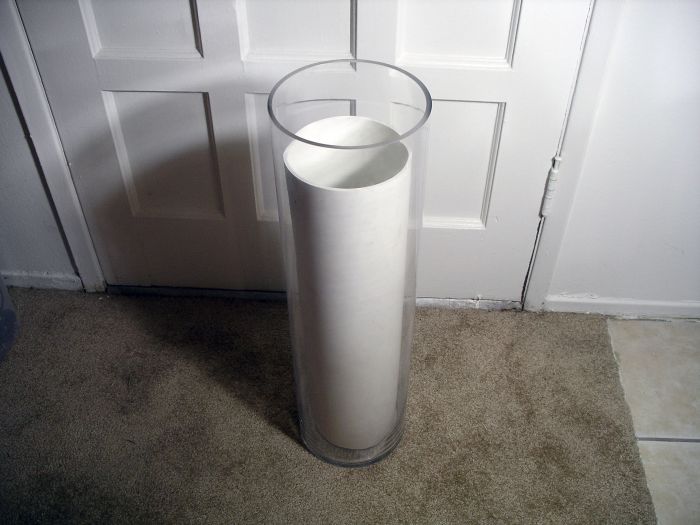
Is there anybody in the world that understands this image?
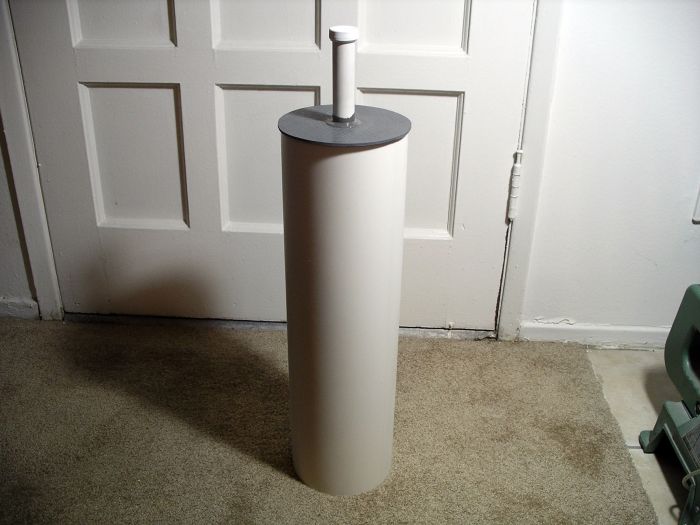
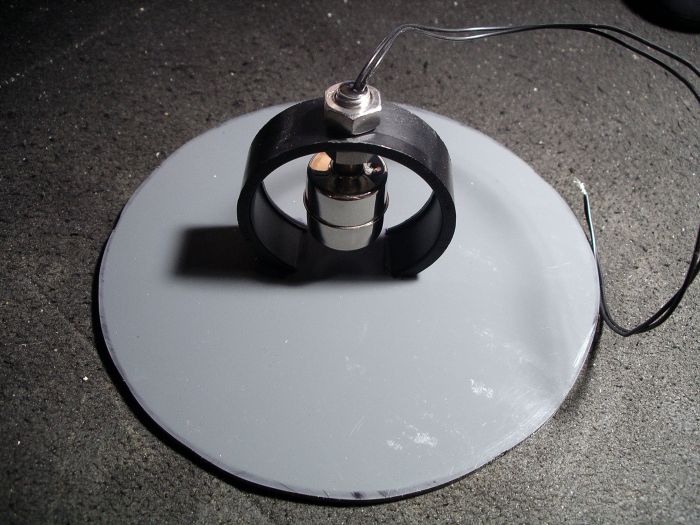
Is there anybody in the world that understands this image?
I'm not following this, how does this work?
Is there anybody in the world that understands this image?
I can't figure it out because All I get is a box with an x ![]()
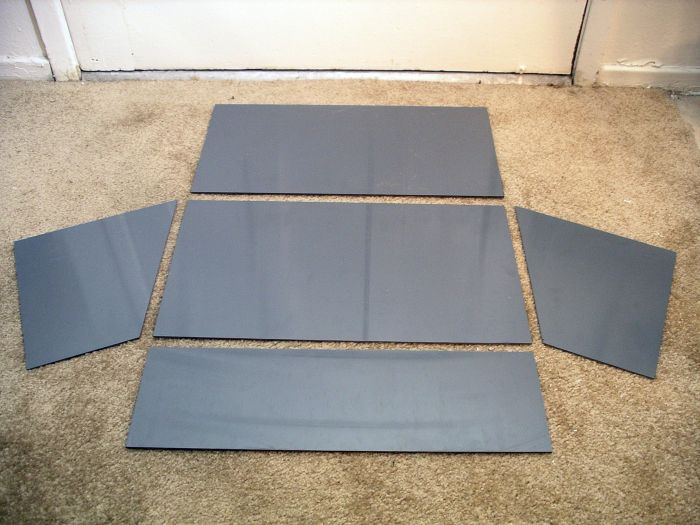
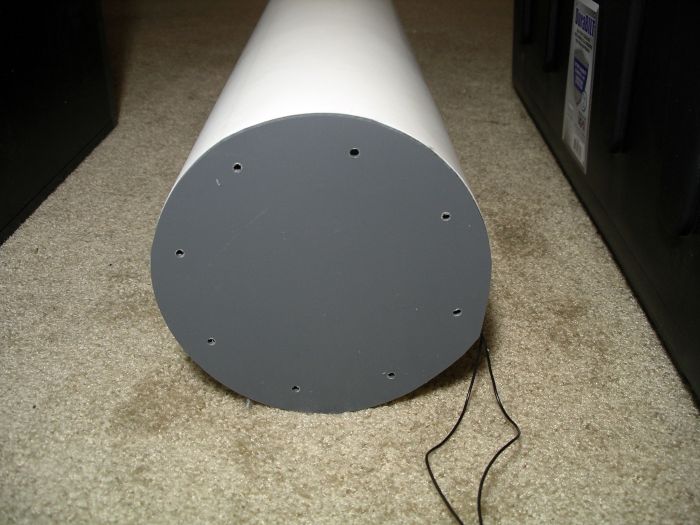
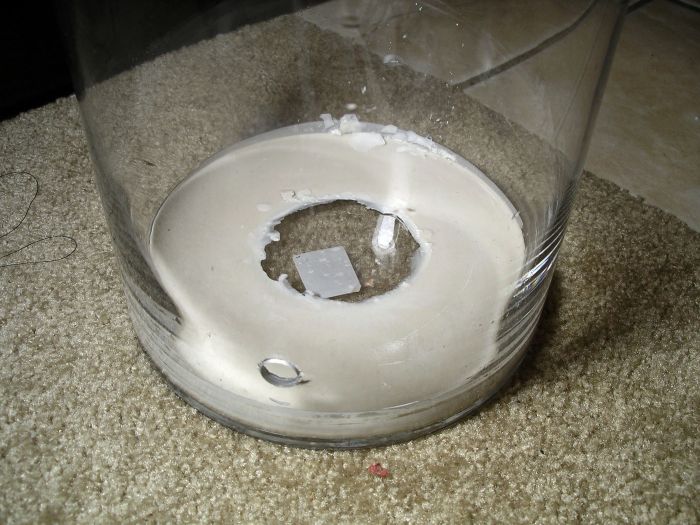
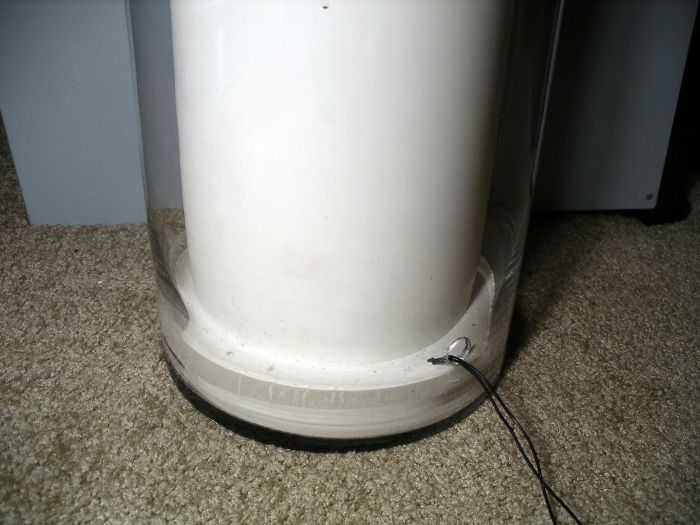
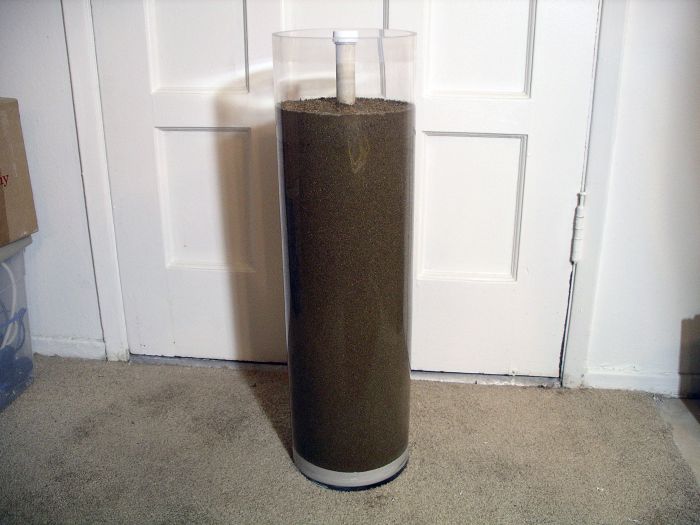
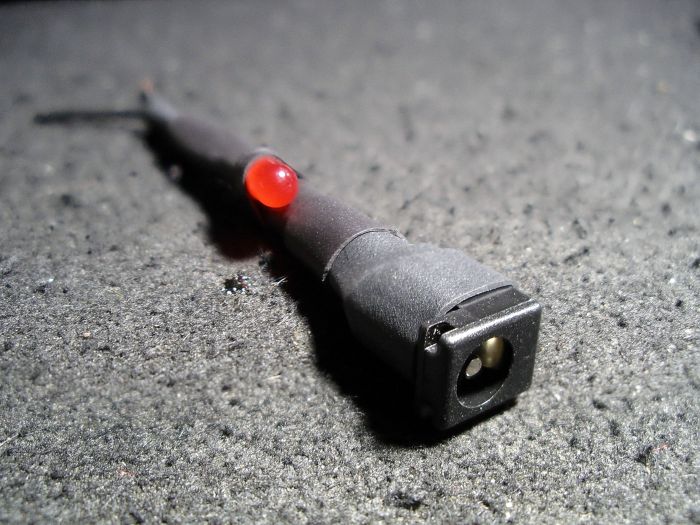
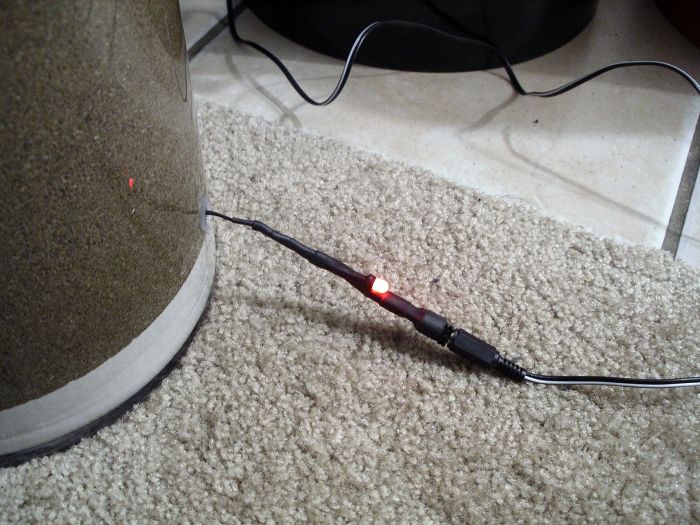
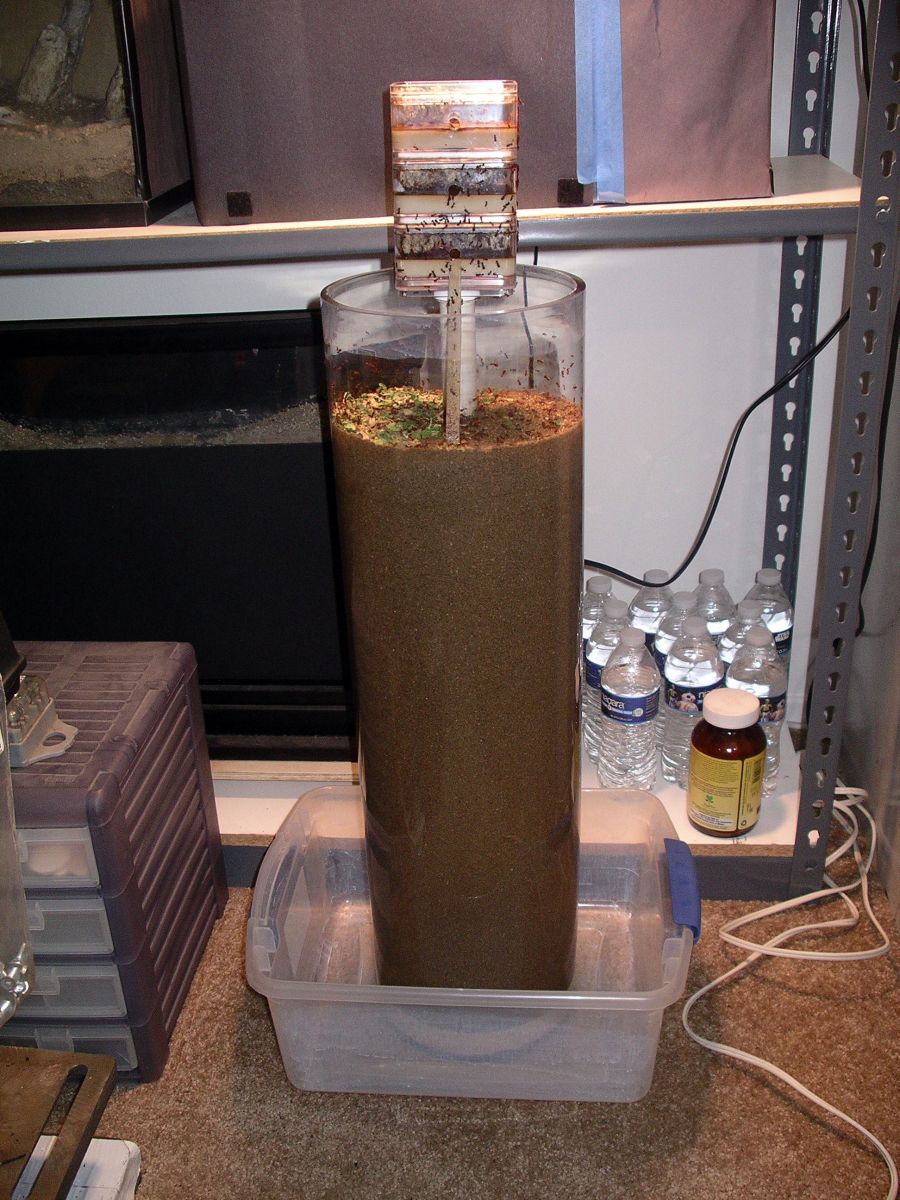
 |
Market Place →
General Market Place →
FormiFactory's Nest ShopStarted by FormiFactory , Dec 8 2025 |
|

|
|
Market Place →
General Market Place →
Possible THA Formicarium for sale in ArizonaStarted by sacs4010 , Aug 20 2025 |
|

|
||
Market Place →
General Market Place →
Temnothorax's Formicarium StopStarted by Temno , Jun 30 2025 |
|

|
||
Ant Keeping →
General Ant Keeping →
A Nest IdeaStarted by cooIboyJ , Mar 22 2025 |
|
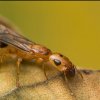
|
||
Market Place →
General Market Place →
Trade: 3D-Printing Service for your Queens/Colonies (Los Angeles, CA)Started by JonathanH , Mar 4 2025 |
|

|
0 members, 4 guests, 0 anonymous users